Yes, Varanasi is the holy city, the oldest continuous city of the world, the city where every deity from every faith has representation, the city where people go to die, the city where there are crematoriums where the fire of the funeral pyre has not gotten extinguished in over a hundred years, where sighting a procession with a dead body is common every day occurrence, where visiting a crematorium is an integral part of the itinerary for boats plying tourists …
It is said that those who die in Varanasi are sure to go to Shivalok, sure to be liberated. This is the reason why many people with a certain set of beliefs in their old age or when they are ailing come to Benaras, waiting to die there, hoping to be liberated due to the sheer geographical location of their impending death. Many even seek to be cremated there in case they have not had the good fortune of dying there.
But really, what does it mean to die in Benaras? Why is Benaras the enigma that it is? Why is it that you either love Benaras or hate it, but can never remain unaffected by it?
When one goes to Benaras in the month of summer, moves in the streets littered with garbage, where open drains with stagnant water are the back drop to the carts of fried traditional snacks such as kachoris and jalebis, sweating profusely, warding off efforts to fleece by local service operators for autos, rickshaws, boats etc. one wonders what is so holy about this city! How can dying here be said to have such far reaching implications?
You know by now I refer to myself as the one who went through these questions. And thanks to Varanasi, when I returned, it wasn’t just with exhaustion and a tan, but with a deep abiding sense of peace and understanding. All the clutter and the litter in that city, though exhausting, could not distract from the under current of silence that pervaded. To listen to it, one just had to still oneself and allow oneself to be submerged in it.
Like everything else handed down as tenets by the Ancients and written in the scriptures, the essence of this saying about the city of Varanasi too needs to be understood and interpreted in the right manner and relevant context. And most importantly, as a wise inhabitant of the city said to me, it has to be seen with one’s own eyes, with fresh eyes.
The city Varanasi is located between two rivers, Varana and Assi. The area between these rivers, the city of Varanasi, is also known as Kaashi. Not only does the city have Shamshaan Ghats (crematoriums at the river bank), but the entire city is also known as Maha Shamshan. Now we know that Shiva is the Lord of the Shamshan. Though Shiva is often referred to as the God of destruction, that again is a mis –interpretation, cause nothing can be destroyed. Even Science has told us that matter can neither be created nor destroyed, it can only change form. Then how can the most powerful energy be the God of destruction? No, he is the God of Transformation. In order to transform, the current form needs to be destroyed, so that the material can be recast in a new form. That makes, Shamshan, the field of transformation. That means, the entire city of Kaashi is an area of transformation.
Before we come back to the subject of transformation, we must also understand another aspect of Kashi. It is rich in arts, in culture, in knowledge but physical resources it lacks. It may be the producer of one of the finest silks, but the women of the city cannot be found wearing too much finery. They simply do not possess the wherewithal. The city can claim having given the country very fine musicians, but not many rich and commercially successful artists. So, while there is abundance of creativity, financial abundance is not its feature.
Now back to the saying about dying in Varanasi. The ‘dying’ and the ‘Varanasi’, both have to be seen beyond their literal meanings.
This death is not just the death of the body. It is about dying to the belief of individuality, the death of the ego. This city, with its jyotirling Kashi Vishwanath, is the seat of Lord Shiva. Dying in this location results in salvation because it means transformation from the physical form to a form that does not require returning to physical manifestations, therefore it is the city where when one dies, one goes to the Universal consciousness, to Shivloka.
The location of the city also has implication. The city of Kashi, situated between the two rivers Varana and Assi, as the Maha Shamshan, is pointing to the Agya Chakra, situated on the Shushumna naari between the Ida and the Pingla naadis at the point between the eyebrows. If one were to through one’s sadhana, make it to this chakra and eventually die here, one is sure to have found salvation, which means essentially to become free of the cycle of births and deaths. It is said even in the Gita that wherever one’s thoughts maybe at the time of one’s death, to that dimension does one depart. So, to die in Kaashi means departure of the pran from the Agya Chakra, therefore resulting in going and abiding in Shivalok.
That the city of Kaashi has a multitude of creative people who care only for their art and not for money or fame is not a coincidence either. It is indicative of the proximity of Vishudhi Chakra and Agya Chakra. It is the final leg of the journey through the Shushumna, only those who no longer have any draw towards the lower Chakras, viz. Manipurak, Swadhisthan & Mooladhar are able to make it.
But what if one has not had the opportunity to learn and know about the workings of the etheric body. One could even lack a belief in it! Remember, I had once mentioned, gravity works on you whether you believe in it or not. So, even if a conscious practice of raising the energy from the Vishuddhi to the Agya is not practiced, living a certain kind of life is sure to achieve the same result.
As true as the dirt and filth about Kaashi is, the deep silence in its inhabitants, especially around the area of the Kashi Vishwanath temple, is as palpable. While the lassi made from milk by desi cows is offered with pride, the cows can also be seen eating out of garbage dumps. The policemen offering security services around the temple area can pleasantly surprise you with their compassion just as the greed and arrogance of some of the so called Brahmins can disgust you. Kaashi is a city riddled with contradictions. Just as these contradictions are indicative of the failure of many in making the transition to the higher chakras and getting stuck at the lower, these very contradictions can put you on the path of enquiry. They make you think, make you question and delve deeper into matters of faith. You could shrug them off, come away in a huff, never to return to that city. But the energy of that city has already caused a disruption in you. Whether or not you have had the experience of the etheric body, once you have experienced Kaashi, you can no longer escape the matter of transformation, the subject of death.
Rarely will you see another place where death is treated in as matter of fact a manner as here. Whether by the frequency of funeral processions, or the constant embers at the many Ghats, or the electric maddening presence of an Aghori Saadhu, there is a surfeit of opportunities to encounter death in this city. At some point you will eventually find yourself pondering on the subject of death, attempting to understand. And isn’t understanding of death also akin to understanding of life? What is enlightenment, but to understand with clarity and not be confounded by it again?
Whether we make a physical trip to the city by that name, or have become mindful of the contradictions and impermanence of our current physical lives, we are all travelers of Varanasi. As this mindfulness grows, understanding develops and clarity dawns, we shall hopefully also die there and abide in Shivalok. Om Namo Shivayae!
In awe

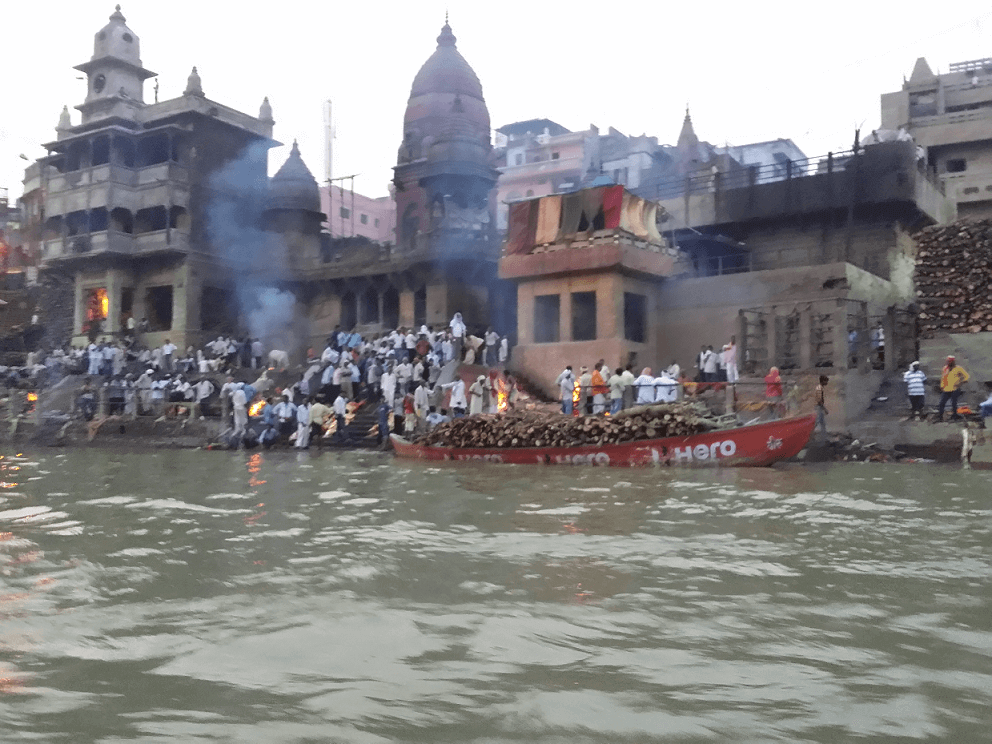
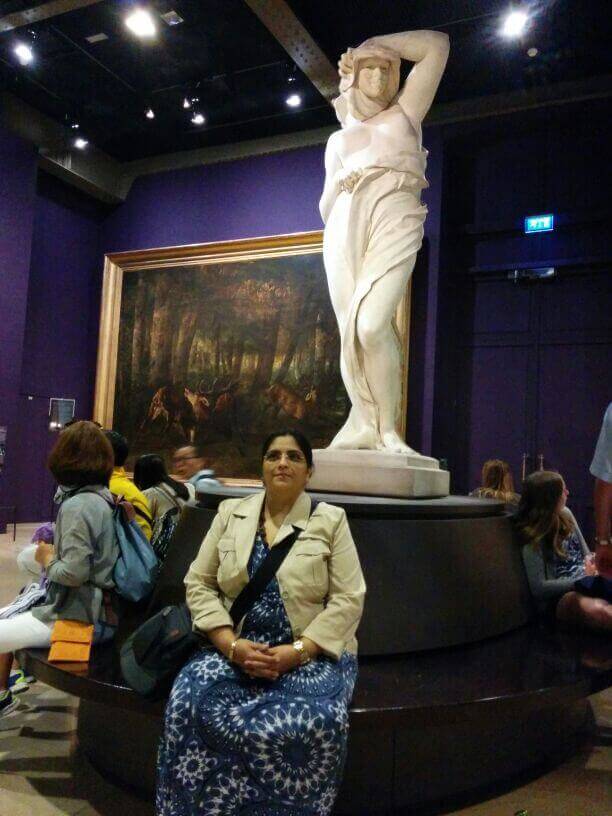
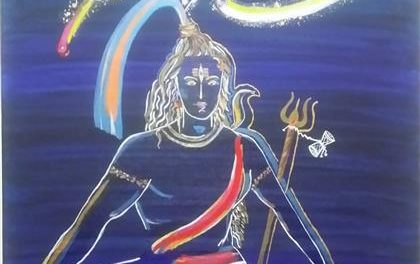

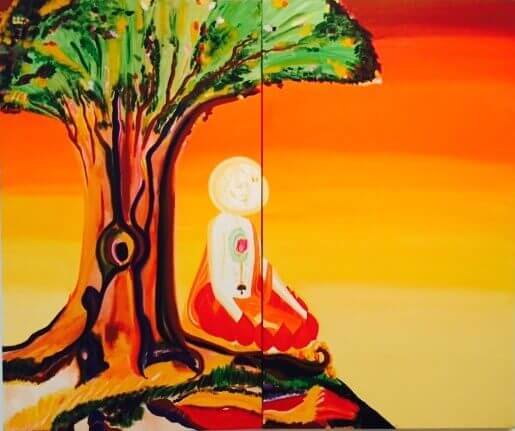

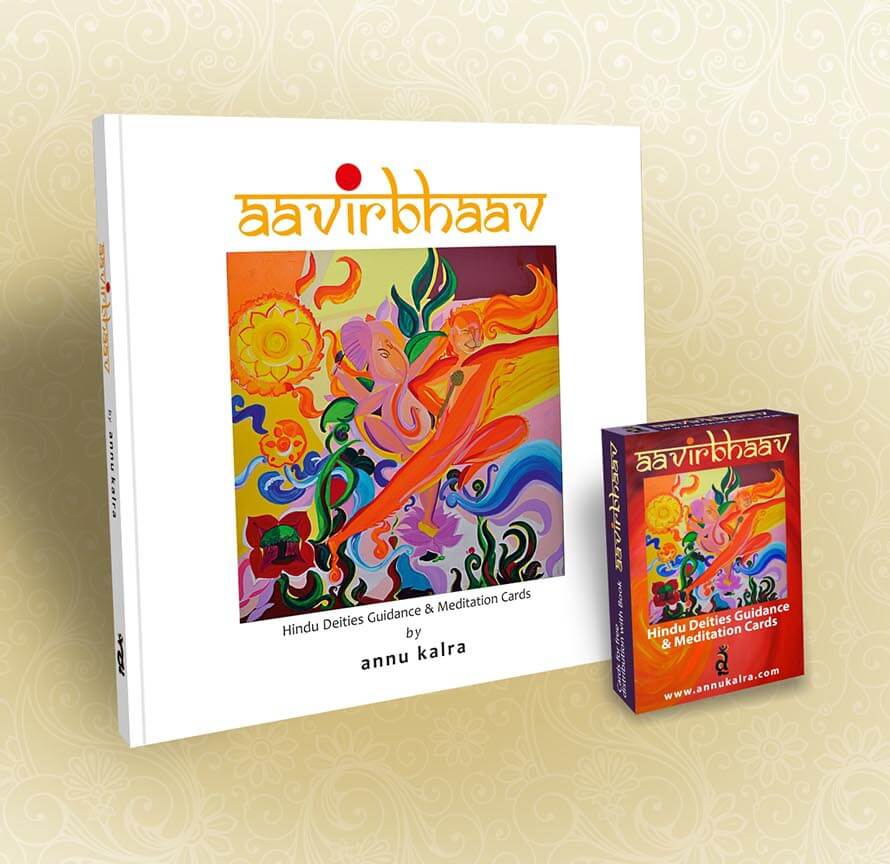

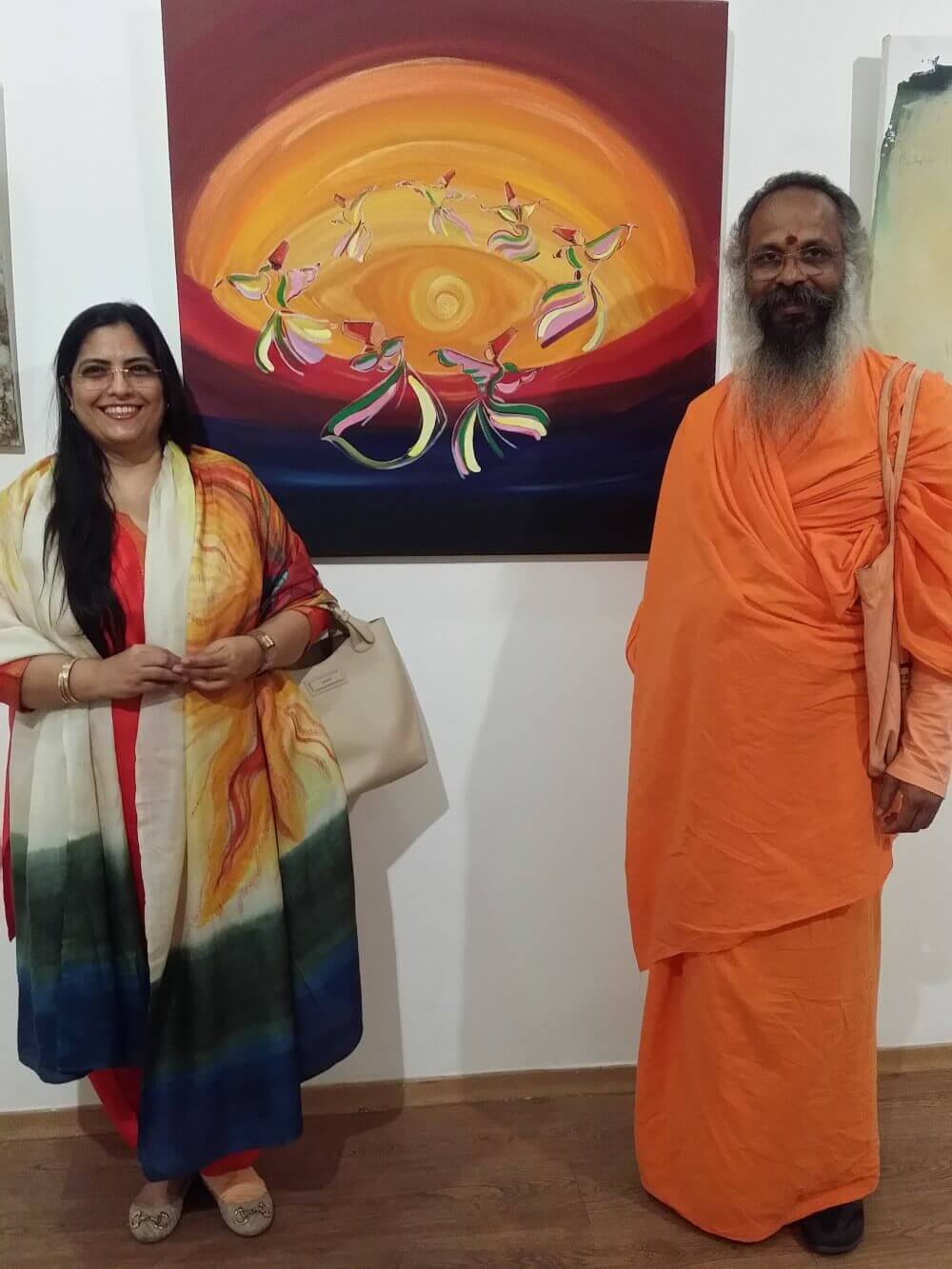
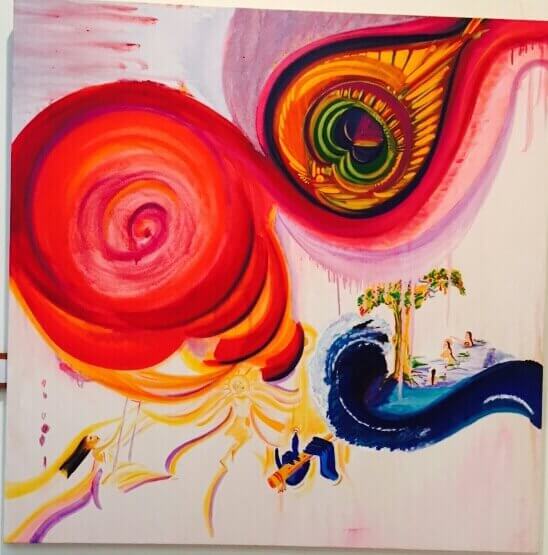

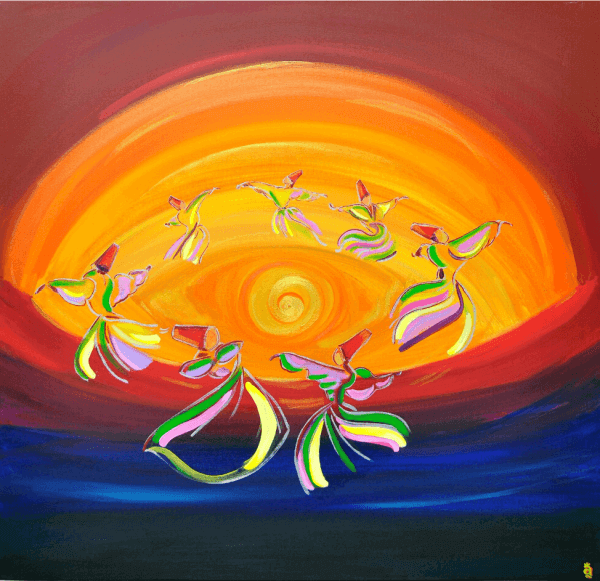

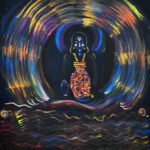
The city of Kaashi is believed to be situated on the ppint of Lord Shiva’s Trishul which is called Kush. By kush the name of the city is Kashi.
Never been there but really wish to visit atleast once.
When ever someone started to feel Kaashi with their own eyes than they have really some different feeling
Hi Annu
How various gurus found the same thing.. Good thing.. I had learned of Agya Chakra, the escaping of soul from the cycle, in Taoism.
Glad to read the post.. You’re still capable of forming questions and pursue them.. I think it’s rare.. Thanks for sharing.